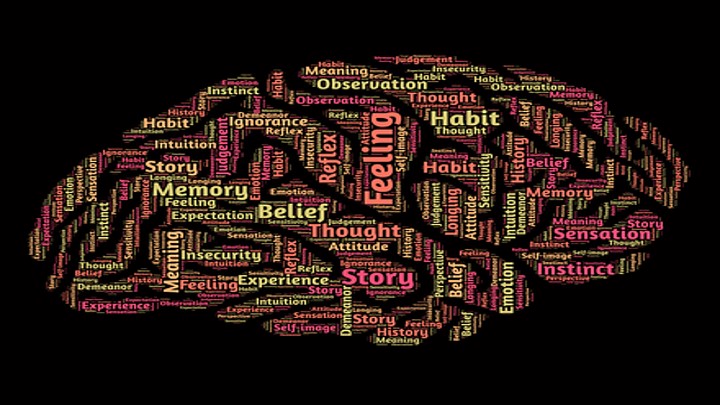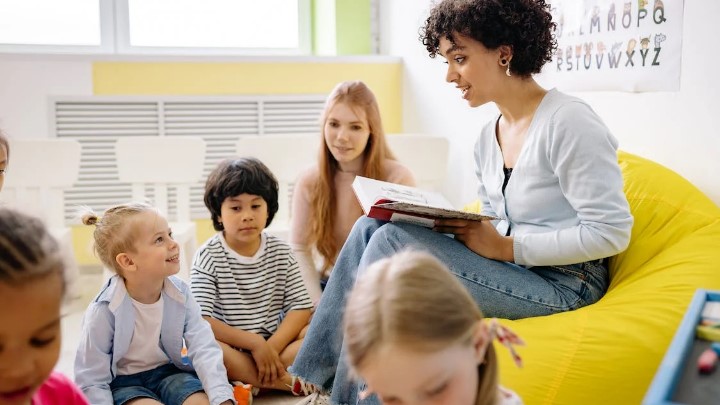Last Updated on April 22, 2023 by Uncle Pat Ugwu
Creative learning solutions are innovative approaches to teaching and learning that prioritize creativity, critical thinking, and problem-solving skills. These types of learning experiences are designed to engage and challenge students in meaningful ways, encouraging them to take ownership of their own learning and to think outside the box.
The importance of creativity in education cannot be overstated. Creativity helps students to develop important life skills such as communication, collaboration, and adaptability, which are essential for success in the 21st century. Incorporating creative learning solutions into the classroom can also help to increase student engagement and motivation, leading to better academic performance and a more positive classroom culture.
There are numerous benefits to incorporating creative learning solutions into the classroom. These approaches can help students to develop a love of learning, encourage them to take risks and think creatively, and help them to develop essential life skills. Additionally, creative learning solutions can help to make education more inclusive and engaging for all students, regardless of their learning style or ability.
Examples of creative learning solutions
There are various innovative teaching methods that can be implemented in the classroom to enhance student learning. These approaches aim to stimulate and challenge students, encouraging them to take charge of their own education and think creatively.
1. Project-Based Learning
Project-based learning is one example of a creative teaching method. It involves students working on real-world projects that require them to utilize their knowledge to address a problem or produce a product. This type of learning helps students improve critical thinking, problem-solving, and collaboration skills, as well as fostering a sense of ownership in their own education.
2. Inquiry-based learning
Inquiry-based learning is another innovative approach that involves students posing questions and seeking answers through research and investigation. This method promotes critical thinking and encourages students to formulate their own questions and hypotheses, leading to a deeper understanding of the subject matter.
3. Design thinking
Design thinking is another creative teaching strategy that involves students using a structured process to solve problems and generate solutions. This approach promotes creativity and helps students consider the needs and perspectives of others, leading to more empathetic and innovative solutions.
4. Gamification
Gamification involves incorporating game-based elements into the learning process, such as points, badges, competitions, and game-based activities and simulations. This method can increase student engagement and motivation, as well as help students, develop problem-solving and critical-thinking skills.
5. Flipped Classroom
The flipped classroom involves reversing the traditional model of teaching by having students watch lectures and complete coursework outside of class, and using class time for interactive activities like discussion and problem-solving. This approach allows students to learn at their own pace and encourages active learning.
6. Maker Spaces
Maker spaces are dedicated areas within a school or community where students can use tools and materials to create and build. These spaces promote creativity and problem-solving, as well as developing teamwork and collaboration skills.
How to incorporate creative learning solutions in the classroom
Incorporating creative learning solutions into the classroom can be a powerful way to engage and challenge students, but it’s important to approach it in a thoughtful and planned manner. Here are some tips for how to incorporate creative learning solutions in the classroom:
1. Assess the needs of your students and align them with your learning goals
Before implementing any creative learning solutions, it’s important to consider the needs and goals of your students. Take some time to assess their interests, abilities, and learning style, as well as the curriculum and learning goals for the course. This will help you to choose creative learning solutions that are well-suited to your students and aligned with your goals.
2. Incorporate various teaching methods and activities
Creative learning solutions can take many different forms, from hands-on activities and projects to games and simulations. Consider incorporating a variety of teaching methods and activities to keep things interesting and appeal to different learning styles.
3. Encourage student collaboration and creativity
Creative learning solutions often involve collaboration and creativity, so it’s important to create a classroom culture that encourages these qualities. Encourage students to work together, share ideas, and take risks in their learning.
4. Provide resources and materials to support creative learning
Creative learning solutions often require resources and materials that may not be readily available in the classroom. Make sure to provide your students with the resources and materials they need to fully engage in the learning process. This might include materials for hands-on activities, access to technology, or other resources.
Incorporating creative learning solutions into the classroom requires careful planning and consideration. By assessing the needs of your students, incorporating various teaching methods and activities, encouraging collaboration and creativity, and providing the necessary resources, you can create a dynamic and engaging learning environment that supports creative learning.
Challenges and considerations in implementing creative learning solutions
While implementing innovative teaching methods in the classroom can be a fulfilling and enriching experience, it’s important to be aware of the potential challenges and considerations that may arise. Some common challenges and considerations include:
1. Limited time and resources
One of the main challenges in using creative teaching methods is finding the time and resources to do so. These approaches often require more preparation and resources than traditional methods, and it can be difficult to fit this planning and execution into a busy schedule.
2. Managing student behavior and engagement
Another challenge in implementing creative learning solutions is maintaining student behavior and engagement. It’s important to set clear expectations and have a plan in place for handling any behavior issues that may arise. Additionally, it’s important to find ways to keep students motivated and interested, as creative learning approaches can sometimes be more challenging for students.
3. Ensuring alignment with curriculum and standards
It’s important to make sure that any creative teaching methods you use are aligned with the curriculum and standards for your course or subject. While it’s important to promote creativity and critical thinking, it’s also crucial to ensure that students are learning the necessary content and skills.
Final Thoughts
In conclusion, creative learning solutions are innovative approaches to teaching and learning that prioritize creativity, critical thinking, and problem-solving skills. These types of learning experiences are designed to engage and challenge students in meaningful ways, encouraging them to take ownership of their own learning and to think outside the box.
The importance of creativity in education cannot be overstated. Incorporating creative learning solutions into the classroom can help students to develop a love of learning, encourage them to take risks and think creatively, and help them to develop problem solving skills. Additionally, creative learning solutions can help to make education more inclusive and engaging for all students, regardless of their learning style or ability.







